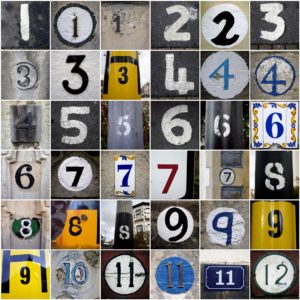Activities mentioned in the June calendar continue in July: Swarm detection, consideration of hive splitting; maintaining ventilation; reserving an extractor from PSBA. With our early blackberry season of 2015, considerations for a nectar dearth and robbing should be taken – get your robbing screens installed!
The blackberry flow is over in most areas because of the unusually warm spring and a hot start of summer. Check the honey super adding an additional super if needed. Honey is usually extracted in August so take note of honey stores keeping in mind that about 60 pounds is needed to take a colony through the winter.
Good ventilation is critical to reduce stress to bees and for nectar to ripen into honey. If the hive is too moist bees waste energy fanning. Installing a slatted rack between the bottom board and the first brood box seems to be helpful. It can be part of the hive year round. Additional ventilation can be created by putting shims under the outer cover on the front side with half inch thick pieces of wood or lay popsicle sticks across the corners of the inner cover which raises the outer lid slightly. During a dearth these things should be removed to prevent yellow jackets or other robbers from entering the hive.
Bees drink water. A summer colony needs about a quart a day and more when the temperatures are high. To prevent your bees from appearing in a child’s swimming pool, birdbath, or pet water dish provide your bees with water near their hives. The many options include a birdbath with rocks or cork for a landing platform, a slowly dripping faucet, water garden, or a water feeder designed for chickens. Bees use the water to keep the colony cool, to dilute honey before feeding it to the young, and to liquefy honey that has crystallized in the comb.
Make note of plants in gardens that are popular with the bees. July bloomers that are especially attractive to honey bees include Rose of Sharon, mimosa, echinacea, Russian globe thistle, agastache, Russian sage, crepe myrtle, summer phlox. “Garden Plants for Honey Bees” by Peer Lindtner is an excellent source for plant selection. Each plant is evaluated for its nectar and pollen on a scale of 1 to 5 stars.
Don’t forget to Sign up for the PSBA Extraction workshop Sunday, July 12
Bees fly at 9-15 miles per hour; a dragonfly can fly 36mph.
A honey bee strokes its wings about 11,500 a minute and a fly beats over 62,000 cycles per minute.
Bee Facts from “The Beekeepers Handbook” by D. Sammataro and A. Avitabile
